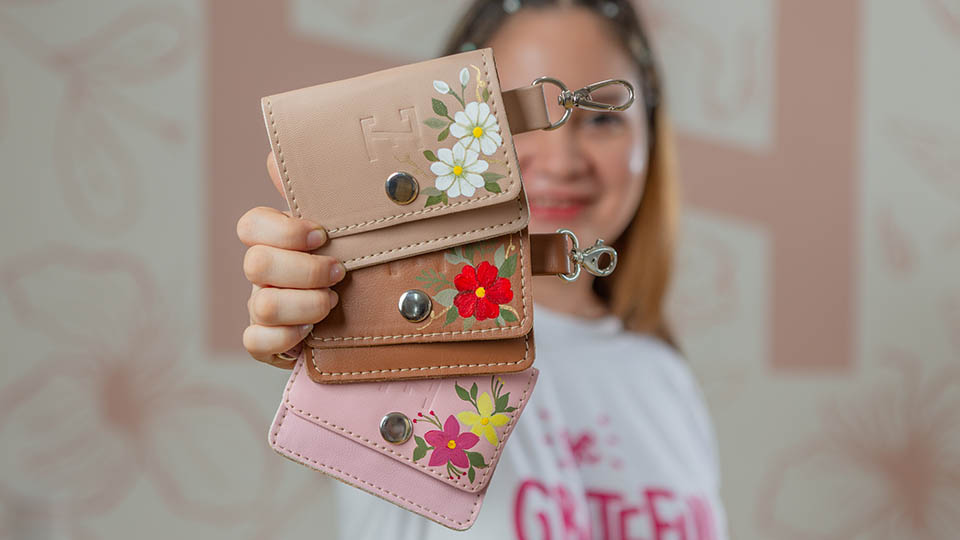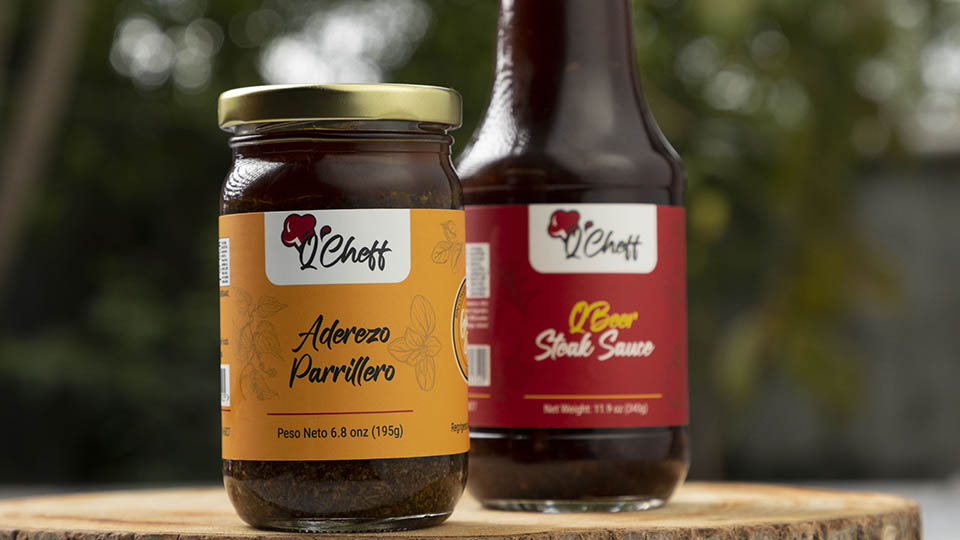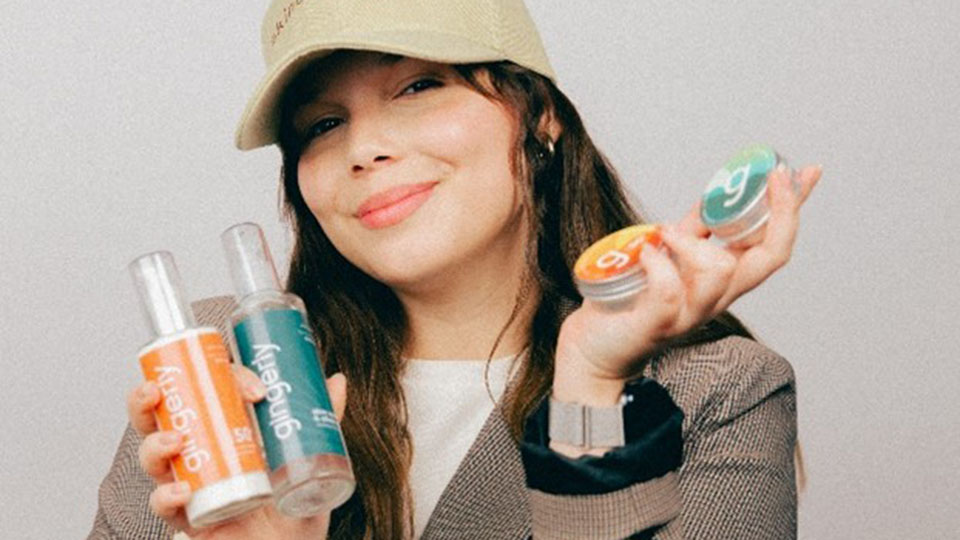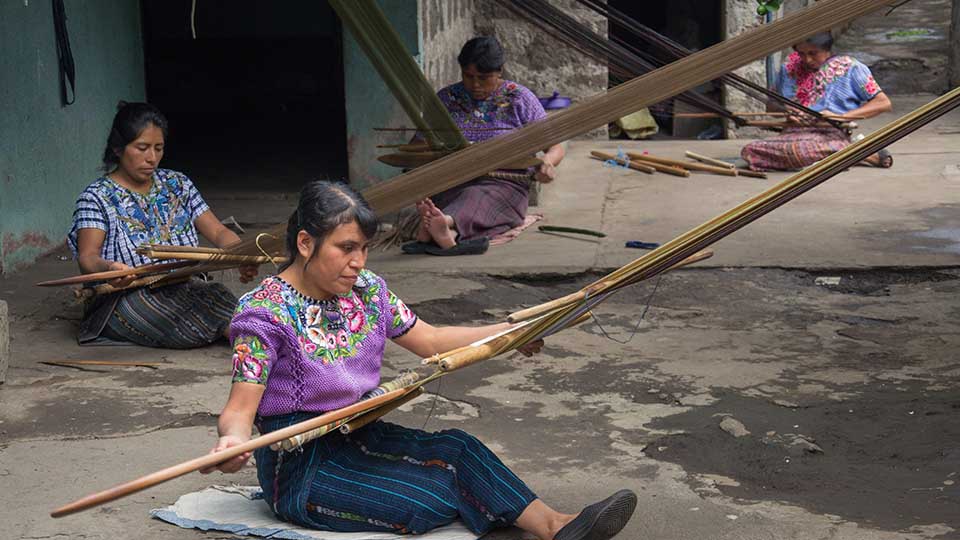Kao Corporation is a Japanese company founded in 1887. Throughout the years, they have diversified into various fields with different products. Kao Group today develops consumer products in four business fields: Hygiene and Living Care, Health and Beauty Care, Life Care, and Cosmetics. In addition, its Chemical Business Unit manufactures a wide range of products to meet a variety of industrial needs.

Kao’s Hygiene and Living Care Business Unit produces consumer goods such as household cleaning products that aim to contribute to society by bringing greater comfort to people’s daily lives. In Health and Beauty Care, personal healthcare and beauty products provide Kao’s distinctive value, with renowned brands such as Guhl or John Frieda.
The Life Care Business Unit actively develops new projects that aim to protect human lives, by making full use of the fundamental technologies that are the pillars of the Kao Group. As for Cosmetics Business Unit, Kao draws upon solid science and its heightened sensitivity to deliver skin-care and makeup products that will provide “hope” and “Kirei” to consumers. “Kirei”, a Japanese term, reflects beauty and cleanliness, not only on the outside but also on the inside.
Finally, the Chemical Business Unit offers a wide array of products such as oleo chemicals manufactured from natural fat and oil, performance chemicals such as surfactants, and specialty chemicals such as toners and toner binders.
Today, Kao is developing its business in over 100 countries and regions worldwide, while further strengthening its environmental and social approach.

Adapting and reinventing the brand logo

While its shape has changed over the years, the traditional moon-shaped logo, used to symbolize beauty and cleanliness, was part of Kao’s corporate logo for decades. In 1887, Kao founder, Tomiro Nagase, opened Nagase Shoten, a sundry goods shop that would later become Kao. Taking inspiration from the moon and star logos that were printed on imported pencils sold at Nagase Shoten, Tomiro created Kao’s very first logo in 1890, which would be used on the label for Kao Sekken (Kao Soap).
In the early 1940’s, the moon’s face, which had faced right in the position of a waning moon, was changed to face left, in the position of a new moon. The reason behind this was that a new moon growing into a full moon is considered a symbol of good luck. Just a few years later, the face was changed from a man’s to a woman’s, and the top and bottom tips of the moon were connected in a round silhouette. This was intended to help products and advertising leave a stronger impression with consumers.

In the 1950’s, the face in the moon became a child’s face to create a sense of familiarity and trust with consumers, and the color changed to orange. In 1985, the corporate name was changed from Kao Soap Co., Ltd. to Kao Corporation, and the corporate color was changed to green to symbolize freshness and dynamism.

In 2009: The logo representing the Kao Group was changed to use the word "Kao" (in Latin alphabet), in order to create a globally consistent corporate image, while the logo for Kao's Consumer Products Business and Chemical Business in Japan and Asia was changed to a combination of the Kao Moon and the word "Kao" (also in Latin alphabet).
In 2021, the "Kao" logo was adopted across the Kao Group. This included its use as the logo for the Consumer Products Business and Chemical Business in Japan and Asia.
Throughout the years, Kao has modified its logo as a way to adapt its business to new and more diversified customers in different countries, as well as to keep reflecting the views of the company.

What part does the WIPO Madrid System play in Kao's international trademark acquisition strategies?
Kao’s internal guidelines stipulate that the corporation should apply for registration of high-priority trademarks that will be used over a long period. For brand names in particular, Kao tries to secure rights as early as possible, right from the planning stage.
Kao often uses the Madrid System for new brands that will be exported into a large number of countries. It also actively uses the System for brands that will undergo global roll out and whose basic trademark in Japan is stable. In practice, Kao considers that the Madrid System has great advantages in terms of procedures and costs at the time of application, and with the steady increase in Madrid System members, it hopes to soon use the WIPO Madrid System’s centralized management system as a general practice.
Kao Corporation and the WIPO Madrid System in practice
Kao and the moon logo (International registration number: 1243555)
This logo was Kao’s business brand Symbol from 2009 to 2021. Kao used the Madrid System to acquire the rights to the logo of the “Kao” business brand and the moon logo in the CIS (Commonwealth of Independent States), as many of these countries are members of the Madrid Protocol. This was back in 2014, when Kao first applied for an international registration designating seven countries for goods from its main product lines in Nice Classes 3, 5 and 21. Later, the number of signatory countries expanded, and Kao made use of the subsequent designation for 11 more countries in 2020.
The Madrid System allows Kao to file applications in a large number of countries easily and at low cost, while subsequent designation enables the corporation to expand the number of countries for protection flexibly as the business develops. In short, Kao has been able to perform international registration transactions efficiently, without having to file applications in each country individually.
MyKirei by KAO (International registration number: 1539622)
In April 2020, Kao began marketing “MyKirei by KAO” through its subsidiary in the United States of America, Kao USA. It embodies the sustainable lifestyle sought by consumers, which Kao has named the “Kirei Lifestyle.” This followed the April 2019 launch of its “Kirei Lifestyle Plan,” an ESG (Environmental, Social, and Governance) strategy to help support such consumer lifestyle changes.
As Kao had plans to expand MyKirei grobally, the corporation chose to use the Madrid System. When filing the application, Kao specified as wide a range of products as possible. It also made use of the subsequent designation process.
To enjoy the benefits of the Madrid System, without receiving office actions from each designated contracting party, Kao also made efforts to indicate the designated goods as specifically as possible. The MyKirei by KAO brand was created after the Madrid Protocol had expanded to its current member countries, allowing Kao to file applications using the Madrid System from the start. The corporation expects this will lead to more efficient management in the future.
A future with the Madrid System
The Madrid System has become an essential tool in Kao’s globalization efforts, as the coverage of markets by the Madrid System has helped the company expand and manage their international brands during the last years. As the number of contracting parties will keep growing in the future, Kao expects that the Madrid Protocol will develop further as a system whose benefits can be greatly enjoyed by many users.



